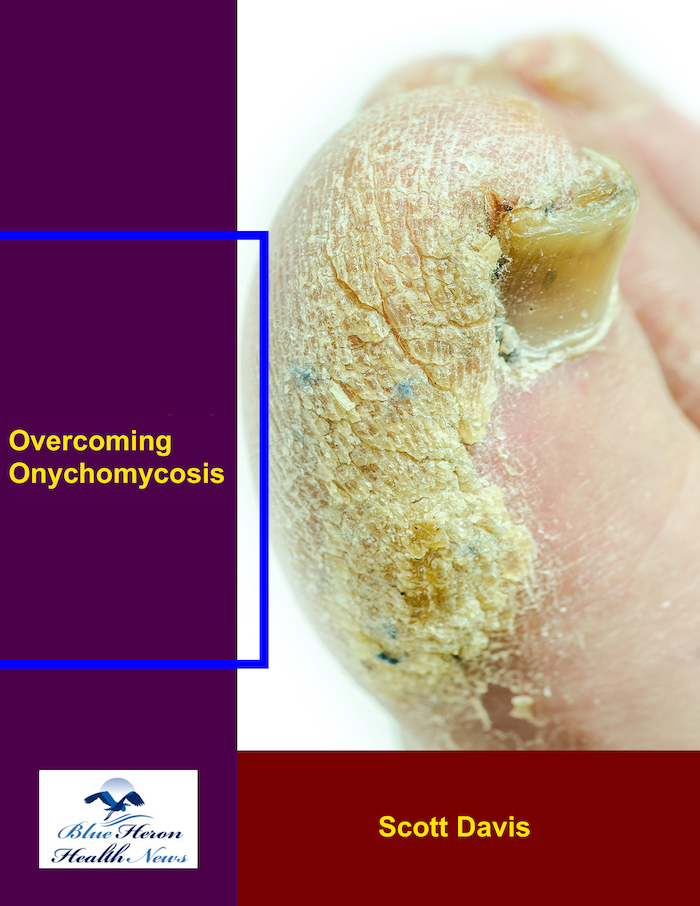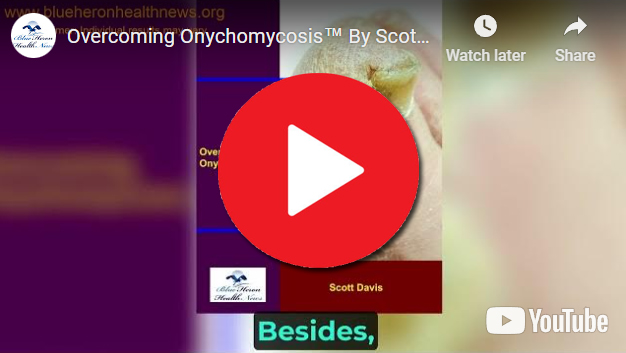
Overcoming Onychomycosis™ By Scott Davis It is a simple, natural, and all-in-one solution for onychomycosis. The program can help you to treat your nail fungus naturally. Once you follow this program, you do not need to spend on expensive treatments to prevent a recurrence. In brief, you can have a proven solution for your chronic nail fungus. Besides, the program is easy to follow, and most users find it effective against onychomycosis.
How can one differentiate between hemorrhoids and anal fissures?
Hemorrhoids and anal fissures are two common conditions that affect the anus and rectum, but they have distinct differences in terms of symptoms, causes, and treatment. Here’s how you can differentiate between the two:
1. Location
- Hemorrhoids: These are swollen veins in the lower rectum or anus. They can be internal (inside the rectum) or external (under the skin around the anus).
- Internal hemorrhoids are usually not visible and may cause bleeding during bowel movements.
- External hemorrhoids are visible and may appear as lumps around the anus, often causing pain, itching, or swelling.
- Anal Fissures: These are small tears or cuts in the skin around the anus, typically on the outer edge of the anus, but they can also occur slightly inside the anal opening.
2. Pain
- Hemorrhoids: Pain is usually more pronounced with external hemorrhoids. The pain is often dull, throbbing, or a sense of pressure, especially when sitting or during bowel movements. Internal hemorrhoids generally don’t cause pain unless they become prolapsed (stuck outside the anus).
- Anal Fissures: The pain from an anal fissure is typically sharp, burning, or stabbing and is more intense during or after a bowel movement. The pain can be severe, sometimes lasting for several minutes to an hour after the movement.
3. Bleeding
- Hemorrhoids: Bleeding from hemorrhoids is usually bright red and is most noticeable on the toilet paper or in the toilet bowl. It typically occurs during bowel movements when the stool rubs against the swollen veins.
- Anal Fissures: Bleeding from an anal fissure is also usually bright red but tends to be less copious. It’s often seen as streaks of blood on the stool or on toilet paper, typically after straining during a bowel movement.
4. Itching or Irritation
- Hemorrhoids: External hemorrhoids can cause itching, irritation, or a sense of moisture around the anus due to mucus secretion. This can lead to discomfort and sometimes an infection.
- Anal Fissures: Itching is less common with fissures. Instead, individuals with fissures may experience discomfort or a feeling of soreness in the anal area.
5. Swelling or Lumps
- Hemorrhoids: With external hemorrhoids, there may be visible lumps around the anus that can be painful or swollen. If internal hemorrhoids prolapse, they may also appear as lumps outside the anus.
- Anal Fissures: Fissures do not typically cause lumps, although there might be a small skin tag or bump near the tear as part of the healing process (called a sentinel pile).
6. Duration of Symptoms
- Hemorrhoids: Hemorrhoids may come and go. Internal hemorrhoids, especially, may only cause problems when straining or having a bowel movement. They often improve with home treatments like warm baths, fiber, or over-the-counter creams.
- Anal Fissures: Anal fissures tend to be more persistent and can become chronic if not treated. Pain during bowel movements often leads to further avoidance of bowel movements, which can worsen constipation and prolong the fissure’s healing time.
7. Causes
- Hemorrhoids: They are often caused by increased pressure in the veins around the anus. Common causes include chronic constipation, straining, prolonged sitting, pregnancy, obesity, or aging.
- Anal Fissures: These are usually caused by passing large or hard stools, straining, or chronic diarrhea. They can also occur after anal intercourse or trauma to the area.
8. Treatment
- Hemorrhoids: Treatments may include:
- Over-the-counter creams or ointments (e.g., hydrocortisone or witch hazel).
- Warm baths (sitz baths).
- Oral pain relievers (acetaminophen, ibuprofen).
- Increasing fiber intake and drinking more water.
- For severe cases, procedures like rubber band ligation, sclerotherapy, or surgery may be needed.
- Anal Fissures: Treatment often focuses on promoting healing of the tear, which may include:
- Sitz baths to soothe the area.
- Topical creams like nitroglycerin or calcium channel blockers to relax the sphincter muscle and increase blood flow to the area.
- Stool softeners to prevent straining.
- In chronic cases, surgical intervention may be required to relax the anal sphincter (lateral internal sphincterotomy).
Conclusion
While hemorrhoids and anal fissures can both cause discomfort and bleeding around the anus, hemorrhoids are swollen veins, and anal fissures are tears in the skin. The key differences lie in the type of pain, bleeding, visible symptoms, and the causes of the condition. If you are unsure or the symptoms persist, it’s important to see a healthcare provider for an accurate diagnosis and appropriate treatment.
Natural remedies for hemorrhoids can provide several benefits, especially for individuals seeking alternative treatments or looking for ways to manage mild symptoms before considering more invasive medical treatments. Here are some potential benefits of using natural remedies for hemorrhoids:
1. Reduced Risk of Side Effects
- Many over-the-counter medications or prescription treatments for hemorrhoids, like topical corticosteroids, can have side effects if used long-term, such as skin thinning. Natural remedies typically carry a lower risk of adverse effects, especially when used in moderation.
2. Pain Relief
- Certain natural remedies can help soothe and reduce the pain associated with hemorrhoids, providing relief without the need for pharmaceutical painkillers.
- Witch hazel: This natural astringent can reduce inflammation, shrink hemorrhoids, and provide a cooling effect, helping to relieve pain and itching.
- Aloe vera: Aloe vera gel has anti-inflammatory and soothing properties that can reduce irritation and provide comfort.
3. Anti-inflammatory Properties
- Many natural remedies have anti-inflammatory effects, which can help reduce the swelling and irritation caused by hemorrhoids.
- Chamomile tea: Known for its anti-inflammatory properties, chamomile can be used as a compress or taken internally to reduce inflammation.
- Apple cider vinegar: Some people find relief by applying diluted apple cider vinegar to external hemorrhoids. Its acidic nature may help reduce swelling and itching.
4. Improved Circulation
- Horse chestnut is a popular natural remedy believed to improve blood circulation, strengthen veins, and reduce the swelling of hemorrhoids. Proper blood flow can prevent the worsening of hemorrhoids.
5. Promotion of Healthy Digestion
- Many natural remedies aim to improve digestion, which is particularly beneficial for preventing constipation and straining during bowel movements, common causes of hemorrhoids.
- Psyllium husk: A natural fiber supplement that can help soften stool and improve regularity, reducing the risk of constipation and straining.
- Flaxseeds: Rich in fiber, flaxseeds can also help promote healthy digestion and prevent constipation.
6. Stress and Straining Reduction
- Epsom salt baths or sitz baths can provide relaxation, reduce stress, and ease muscle tension, which can be especially helpful for those who experience hemorrhoid flare-ups due to physical strain. These baths can also soothe the anus and reduce discomfort.
7. Cost-Effectiveness
- Natural remedies for hemorrhoids are often affordable and easy to find at home or in local stores. For example, sitting in a warm bath, using coconut oil, or applying aloe vera gel are low-cost methods compared to some commercial treatments.
8. Support of the Healing Process
- Some natural remedies can encourage tissue healing and help hemorrhoids shrink naturally.
- Coconut oil: Coconut oil is often used for its anti-inflammatory and healing properties. It may help soothe irritated skin and promote faster healing of external hemorrhoids.
- Tea tree oil: Known for its antimicrobial properties, tea tree oil may help reduce itching and discomfort associated with hemorrhoids, but it should be diluted before use to avoid irritation.
9. Long-Term Prevention
- Natural remedies, such as improving diet (e.g., high-fiber foods) and staying hydrated, can help manage and prevent future hemorrhoid flare-ups by promoting regular bowel movements and reducing strain.
10. Holistic Approach
- Many people prefer natural remedies because they offer a more holistic approach, considering not just symptom management but overall well-being. By focusing on diet, hydration, and lifestyle changes (like stress management), these remedies can help reduce the underlying factors that contribute to hemorrhoids.
Popular Natural Remedies for Hemorrhoids:
- Sitz Baths: Soaking in warm water for 10-15 minutes a few times a day can help soothe the affected area and reduce inflammation.
- Aloe Vera: Its soothing properties can help reduce irritation and inflammation.
- Witch Hazel: Known for its ability to reduce swelling and discomfort.
- Coconut Oil: Used topically to reduce inflammation and provide moisture.
- Fiber-Rich Diet: Incorporating foods high in fiber, like fruits, vegetables, and whole grains, helps soften stool and prevent constipation.
- Hydration: Drinking plenty of water helps prevent constipation by keeping stool soft.
Considerations:
- While natural remedies can help alleviate symptoms and prevent hemorrhoids from worsening, they may not be effective for everyone, and severe cases of hemorrhoids may require medical treatment or intervention.
- Always consult with a healthcare provider before using natural remedies, especially if you have any existing health conditions or if you’re pregnant.
Natural remedies can provide effective relief for mild to moderate hemorrhoid symptoms and help with long-term management. However, they should be part of a holistic approach that includes diet, lifestyle modifications, and proper hygiene.
Overcoming Onychomycosis™ By Scott Davis It is a simple, natural, and all-in-one solution for onychomycosis. The program can help you to treat your nail fungus naturally. Once you follow this program, you do not need to spend on expensive treatments to prevent a recurrence. In brief, you can have a proven solution for your chronic nail fungus. Besides, the program is easy to follow, and most users find it effective against onychomycosis.
